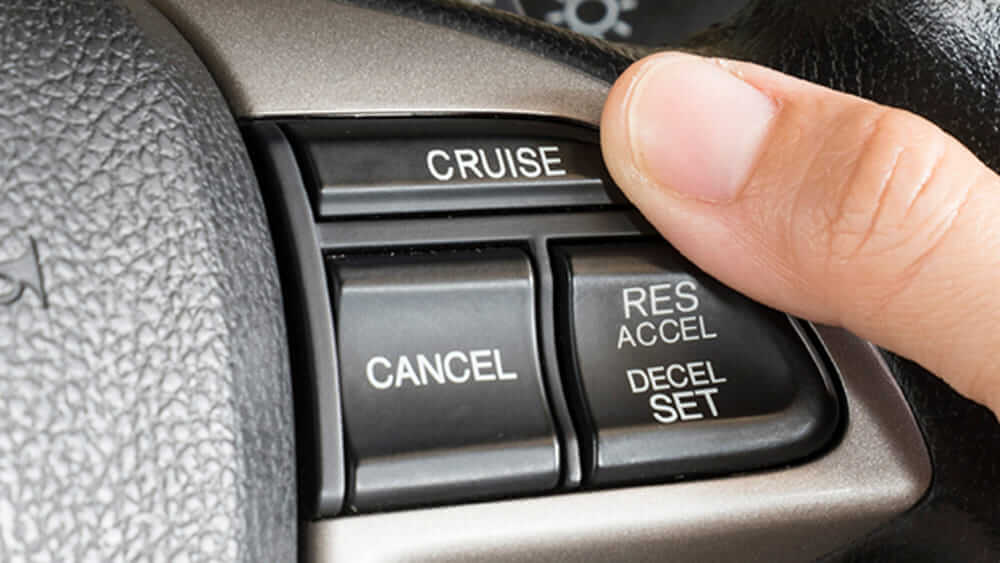Is Cruise Control Safe? Examining the Risks and Benefits

Cruise control is a feature in modern cars that allows drivers to set and maintain a constant speed on the highway without having to keep their foot on the accelerator pedal. While cruise control can be a convenient feature for long road trips and is generally considered very safe, it’s important to understand the potential risks and benefits before using it.
In this blog post, we’ll examine the safety of cruise control and provide tips for using it responsibly. As personal injury lawyers, our goal is to help our clients stay safe on the road and prevent accidents. Let’s get started.
The Benefits of Cruise Control
One of the primary benefits of cruise control is that it can reduce driver fatigue on long trips. By allowing drivers to relax their feet and maintain a consistent speed, cruise control can make driving more comfortable and less tiring. Additionally, cruise control can improve fuel efficiency by keeping the car at a steady speed, which can save money on gas.
Cruise control can also help prevent speeding tickets. Drivers who have a heavy foot can benefit from setting the cruise control to the speed limit, which can prevent them from inadvertently exceeding the limit and getting pulled over.
The Risks of Cruise Control
While cruise control can be a helpful feature, it’s important to be aware of the risks involved. One of the biggest risks of cruise control is that it can create a false sense of security. Drivers who rely too heavily on cruise control may become complacent and less attentive to their surroundings. This can lead to accidents if unexpected obstacles or hazards arise on the road.
Another risk of cruise control is that it can be dangerous in certain weather conditions. For example, cruise control should not be used in rainy or icy conditions, as it can cause the car to lose traction and skid. Additionally, cruise control should not be used on winding roads or in heavy traffic, as it can make it more difficult for the driver to react quickly to changes in the road.
Tips for Using Cruise Control Safely
To minimize the risks of cruise control, it’s important to use it responsibly. Here are some tips for using cruise control safely:
- Only use cruise control on the highway or other straight, open roads.
- Never use cruise control in wet, icy, or snowy conditions.
- Avoid using cruise control in heavy traffic or on winding roads.
- Always stay alert and attentive to your surroundings, even when using cruise control.
- Keep a safe following distance from the car in front of you.
- If you need to brake suddenly, disengage cruise control by tapping the brake pedal.
- If you feel tired or drowsy, turn off cruise control and take a break.
Also Read: If my airbag didn’t deploy, can I sue the car manufacturer?
Conclusion
In conclusion, cruise control can be a convenient feature for long road trips, but it’s important to use it responsibly. By understanding the risks and benefits of cruise control and following these safety tips, drivers can minimize the risk of accidents and stay safe on the road. As personal injury lawyers, we encourage all drivers to stay alert and attentive, and to always prioritize safety over convenience.